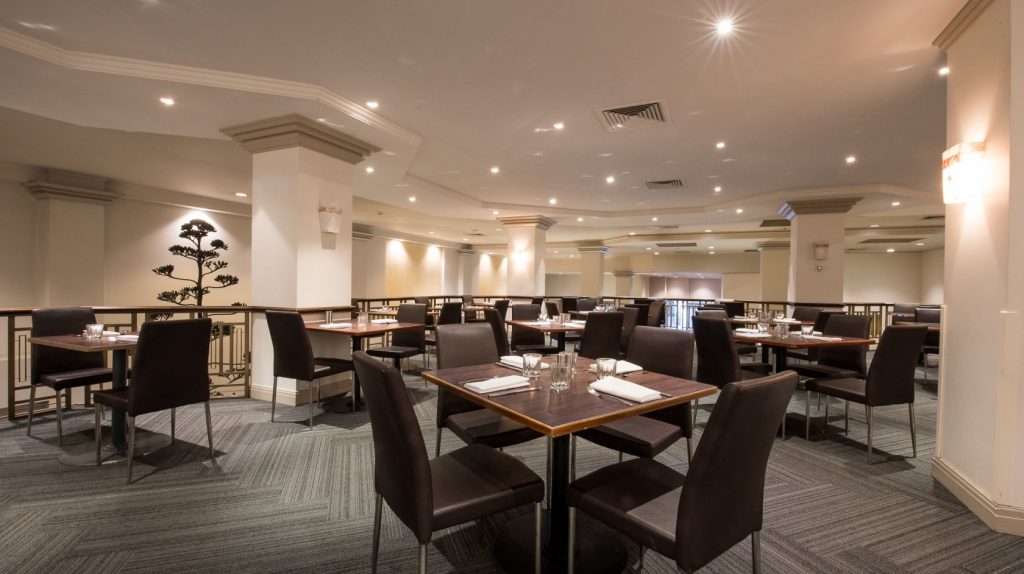
Crisis Management: Preparing Your Hotel for Coronavirus (COVID-19)

First Michelin Star Awards in Malta
February 27, 2020
COVID-19 Coronavirus: Guidance for Travellers
March 17, 2020Crisis Management: Preparing Your Hotel for Coronavirus (COVID-19)
Crisis Management is a critical component of any successful digital strategy. During times of crisis, hotels need to thoughtfully and swiftly develop a prevention plan, communicate to employees and guests, and make critical shifts to revenue management and digital strategies to ensure success. With Coronavirus (COVID-19) continuing to spread, it's important for hotels to have an action plan in place that addresses both the current state and the potential future impact if the situation continues to worsen. Overall, your hotel should arm itself with an internal Coronavirus response team which includes a member from every department critical to your business. This team should be responsible for keeping a pulse on the evolving landscape, continually brainstorming adjustments to strategy, and presenting to internal stakeholders to take action.
Once you have your internal response team in place, below are the most important considerations when planning for COVID-19.

Developing & Communicating a Prevention Plan:
Develop a Prevention Plan: Document a prevention plan that protects employees and guests while on property to put potential guests at ease and to help ensure a positive, safe experience at your hotel.Train all employees on the Prevention Plan and communication: Once your hotel has documented your prevention plan, begin training employees to ensure everyone is aligned on the measures that need to be taken. It is also important to ensure there is one unified message across your brand presence and employee communication. Provide employees guidelines on exactly how they should communicate your prevention plan to guests, acquaintances, and across social channels should the topic arise.
Reassure existing and potential guests: As people become more reluctant to travel as COVID-19 continues to spread, it is important for your hotel to address that there is a prevention plan in place across critical channels such as your website, social media, and email. For hotels in destinations that have been highly impacted, consider waiving cancellation fees and communicating this in your messaging across channels. For hotels in destinations that have not been highly impacted, simply reassure guests of the prevention plan in place.
Handling upcoming reservations and cancellations: For upcoming reservations while COVID-19 is still active, consider emailing future guests to inform them of your hotel's prevention plan, provide tips for their upcoming stay, and link to any FAQs. If your hotel is in a destination that is minimally impacted, put upcoming guests' minds at ease that there have been limited or no cases. For cancellations, consider modifying your cancellation confirmation email to prompt guests to book a future stay at a discounted rate. Also consider working with your CRM provider to create a cancellation bounce back email within two weeks of cancellation that promotes an advanced purchase offer or a gift card offer with an added monetary bonus if the impact of COVID-19 continues to worsen.


Preparing your Digital Strategy:
Assess the impact of COVID-19 on your business: Begin assessing the current impact that COVID-19 has made on your business. Explore key metrics such as year over year occupancy, revenue, ADR, and length of stay. Analyze market trends such as tourism to your destination, business from your top feeder markets, and of course, monitor the impact of COVID-19 on your destination. While it is hard to confidently project the impact of COVID-19, identifying historical macro trends of similar outbreaks (SARs, H1N1) and analyzing their impact on tourism and past business for your hotel, is one way to make an educated forecast.
Book direct perks and reservation abandonment are critical: During times of crisis, it is important to focus on your most cost-effective booking channels. Ensure that book direct perks are prominently displayed throughout your website. Your website should also have a strong reservation abandonment strategy in place to ensure you are recovering as many direct bookings as possible.
Evaluate fly-In markets that remain strong: If your hotel relies on fly-in feeder markets, consider adjusting your digital marketing strategy to account for a decrease in air travel from some markets and focus on markets that remain viable. To start, determine which fly-in feeder markets do not have travel bans and are still potentially traveling to your market. Analyze your hotel's own fly-in market data by exploring top feeder markets in website insights, bookings, and third-party sources like Sojern flight data to identify viable markets. Then, adjust targeting and strategy to focus on fly-in markets free of travel bans that are still showcasing intent.
Target domestic travel, local drive-in markets, and promote staycations: Marketing to local feeder markets and promoting staycations can potentially combat occupancy issues by reaching locals that are hesitant to travel abroad. While locals may be hesitant to risk flying, especially to destinations that are highly impacted, they may be open to a local getaway and willing to spend more than usual due to limited travel options to other destinations. Consider including F&B credits, complimentary parking, late checkout, and tickets to local museums and experiences in your staycation package.
Focus on length of stay offers, upselling ancillary offerings, and promoting premium room types: With travel demand down, your hotel's digital strategy should focus on increasing revenue from every booking. Consider launching length of stay offers such as book two nights get the third night 30% off, or packages that inspire business travelers to extend for leisure while they are already in your destination. Upselling dining, spa, and other ancillary revenue opportunities are also critical to maximizing revenue. Finally, other critical strategies include focusing on promoting higher ADR room types, and advanced purchase offers that promote future stays.
Market to loyalty members: Loyalty means trust, and marketing to loyalty members who have a strong relationship with your brand is critical during times when people are anxious to travel. Packages should include exclusive perks like room upgrades, welcome amenities, and other surprise and delight inclusions.
Utilize personalization: If you are utilizing website personalization technology, personalize messaging for local markets focused on staycations, personalize messaging for highly impacted markets focused on waiving cancellations, and personalize messaging for minimally-impacted markets focused on the prevention plan in place and reassuring guests.
Source: hospitalitynet.org
Related posts
December 28, 2025



